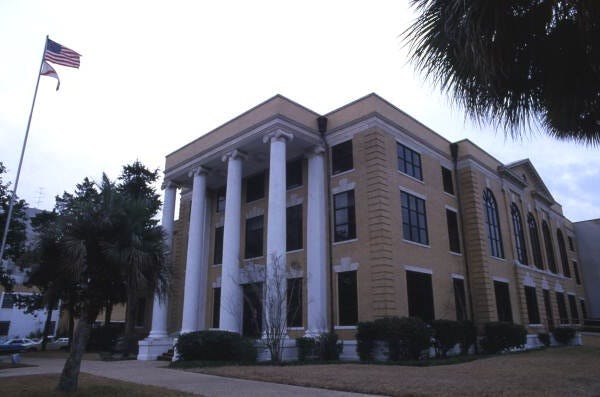Bay County: Jury recommends death for Robert Bailey
On October 25, at resentencing, the jury recommended a sentence of death by a vote of 9-3.
In 2007, Robert J. Bailey was convicted of first-degree murder for killing a law enforcement officer. He was sentenced to death following the jury’s recommendation for death by a vote of 11-1.
On direct appeal, in late 2008, the Florida Supreme Court affirmed his conviction and sentence.1

In 2017, Bailey was granted a new penalty phase in light of Hurst.2
Bailey’s new penalty phase proceeded last month. On October 25, the jury recommended a sentence of death by a vote of 9-3.
Under Florida’s 2023 capital sentencing statute, the trial court has the discretion to impose a sentence of LWOP rather than death despite the jury’s recommendation. Sentencing is set for January 2025.
1
Bailey v. State, 998 So. 2d 545 (Fla. 2008).



Keeping this man in prison for the rest of his Natural Life and requiring him to work between 40 and 60 hours each week simply means he'd be making a contribution. On death row, you'll get room service three times a day, when is laundry is dirty he simply throws it out side the bar stock and it's brought back to him clean and neatly folded. He'll be taken to a shower every other day, a nice hot shower. He'll be allowed visits. He will not be allowed to work under any condition. Vacation for 25 years or contribution for 30 years, only if the jurys understood the difference
As a now-retired DP trial defense attorney, I can attest that most clients I represented and wind up in LWOP or worse do not have the luxuries Mr. McAndrew cites and omits the onerous conditions that state prison imposes on all inmates, such as lockdowns, solitary confinement and mean, vicious guards who themselves are subjected to conditions not fit for human consumption. And "evolving circumstances" do not seem to apply to prison circumstances. I do not know what juries think of the pattern facing defendants when they have to consider whether the client gets a life or death sentence. This is especially relevant when it is a pattern of deception by prosecutors who are prone to hiding the evidence ball when the case at bar is weak somewhere along the line and/or the defense attorney has a lack of expertise in refuting damaging yclept evidence. Just speaking from 45 years of experience.